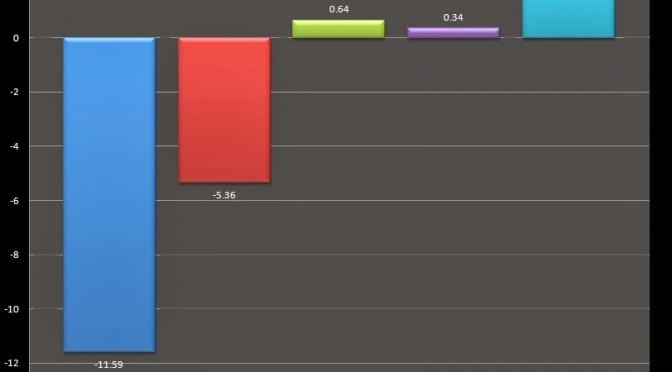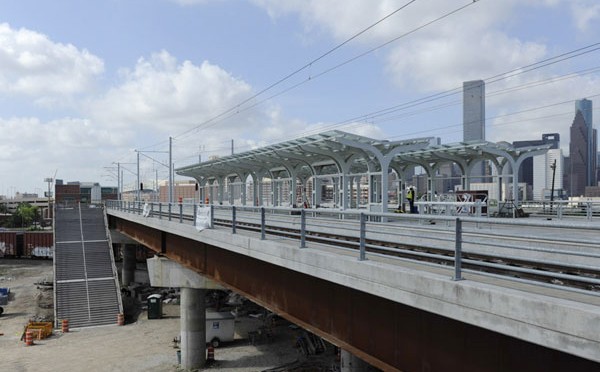Transit Ridership: Is Houston Discovering the Bus?
When most Houstonians leave the house to traverse the city, the overwhelming mode of transportation is by car. It shouldn't surprise anyone that most people in the Houston metropolitan area have never even taken public transit. If they have, it was probably in a limited capacity. Houston is the definition of a … Continue Reading ››

